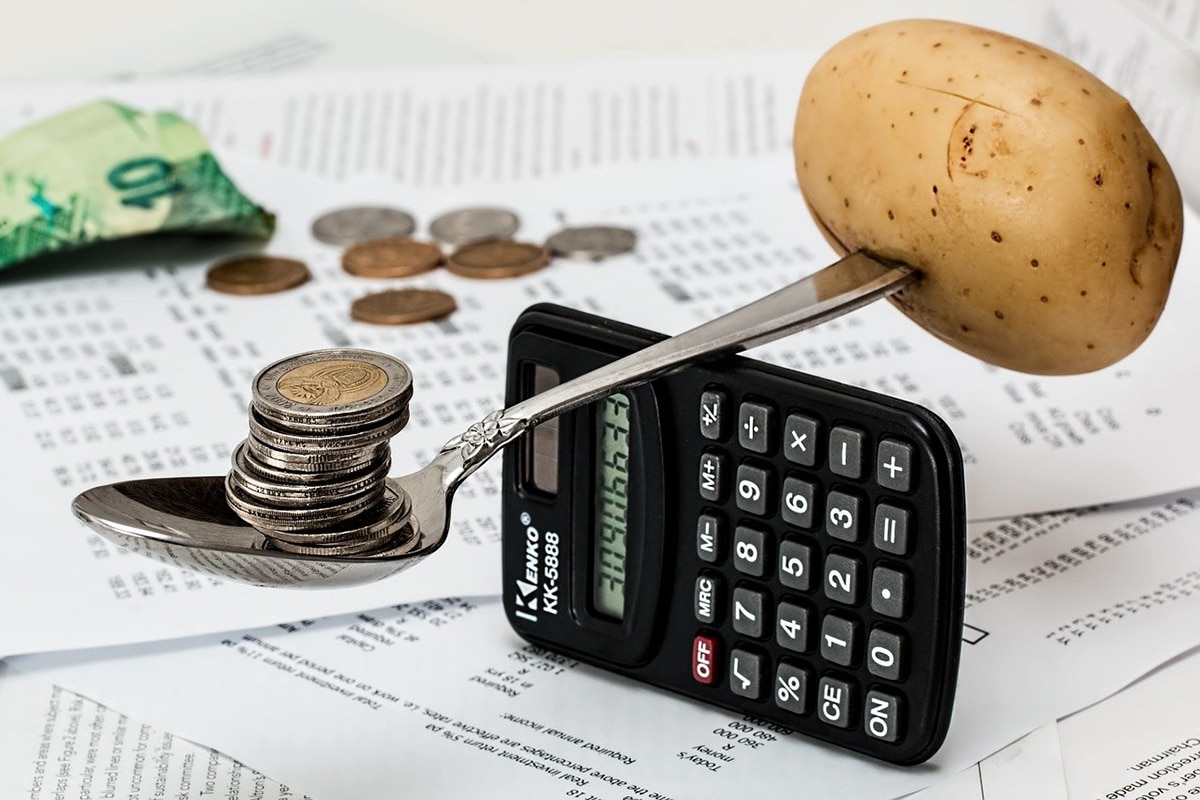
How many times have we heard about inflation, the crisis, how expensive everything is, etc.? Today many people know that inflation is related to rising pricesBut when we talk about hyperinflation, what do we mean? To clarify this question, we have dedicated this article to the definition of hyperinflation.
Apart from explaining what this phenomenon is, we will also comment on when it occurs and how it is controlled. If you are interested in the subject and want to know more about hyperinflation, I recommend that you continue reading.
What is hyperinflation?
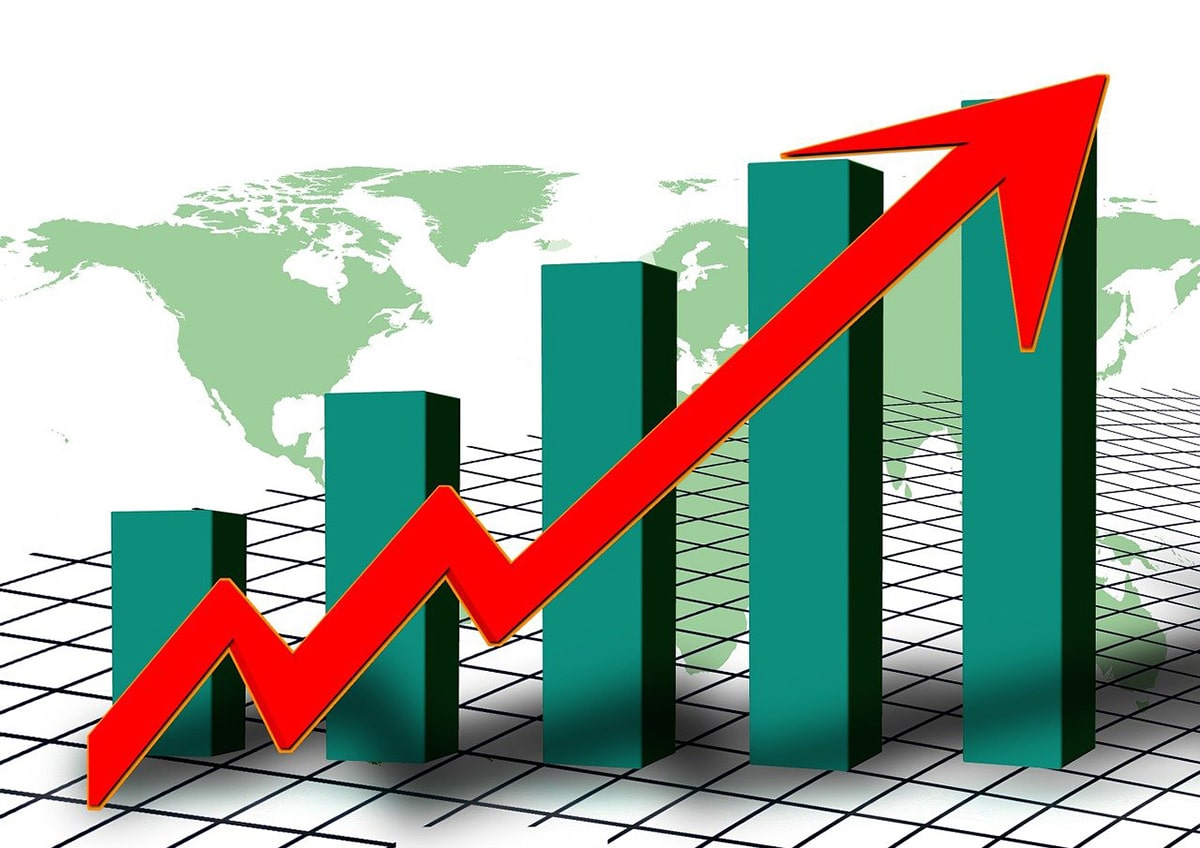
Before giving you the definition of hyperinflation, let's first clarify the concept of normal inflation. It is an economic process that appears when there is an imbalance between demand and production. In these cases, the prices of most products and services rise continuously while the value of money is decreasing, that is, purchasing power decreases.
When we talk about hyperinflation we mean a very long period of high inflation in which the currency loses its value and prices continue to rise uncontrollably. At the moment that the uncontrolled increase in the money supply and the lack of will of the population to retain the money that is devalued coincide, this economic process stands out a lot. Generally, when a country is in this situation, people choose to exchange money for assets or a foreign currency in order to retain something of value. As bad as this sounds, the situation can get worse. If the central bank is not able to withdraw the money that has been injected during the crisis, this whole panorama worsens.
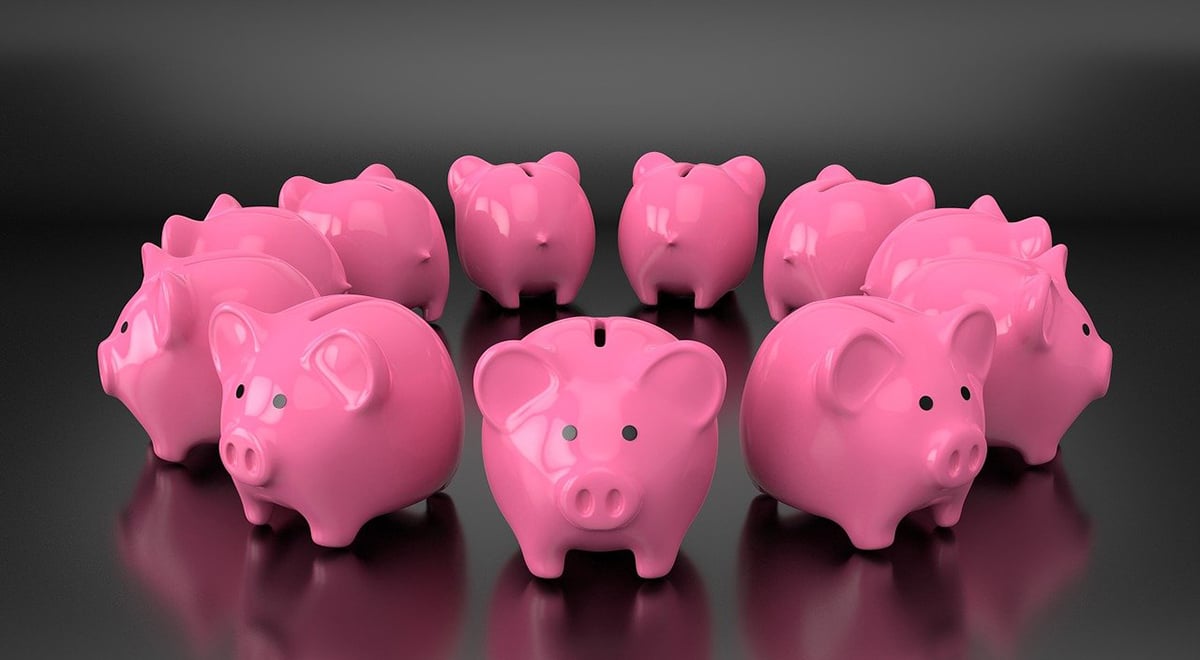
During the XNUMXth century, and even today, there have been many times of high inflation. Even though they have been very extreme events in the past, to this day they continue to significantly affect the world economy. Throughout history, certain events such as currency crises, social or political destabilization of a country or military conflicts and their consequences have been closely related to hyperinflation.
When is hyperinflation said to exist?
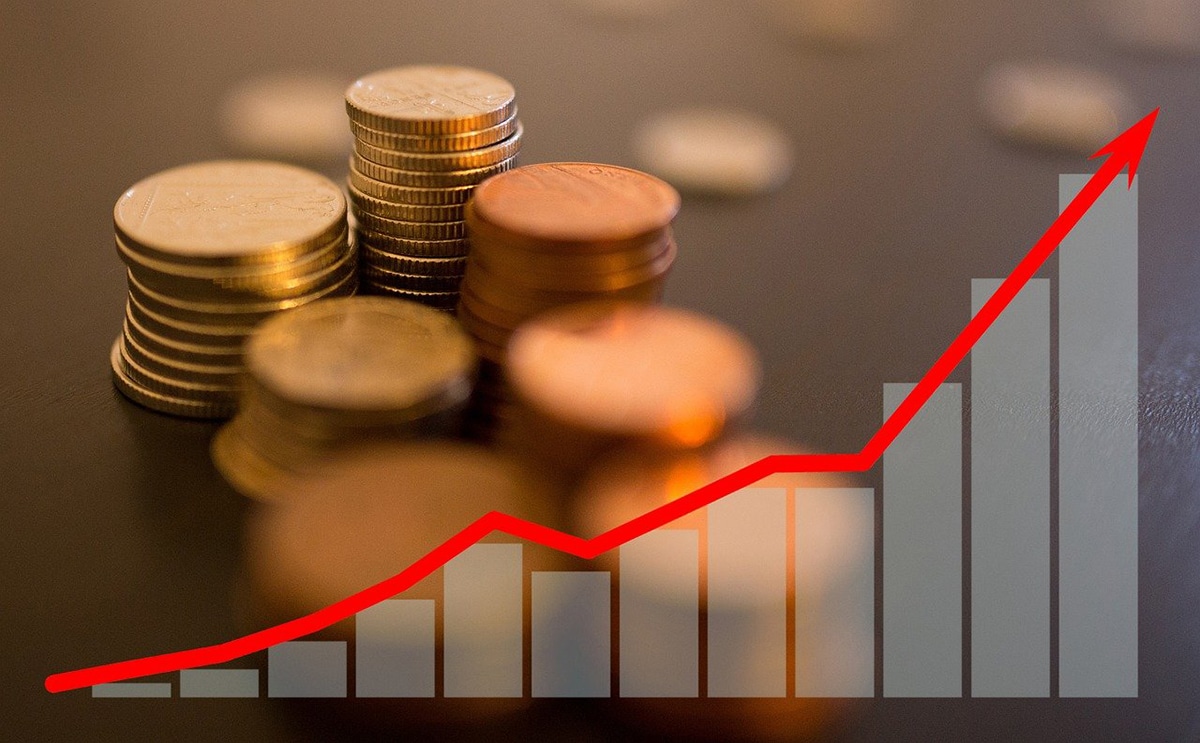
In 1956, Columbia University economics professor Phillip D. Cagan proposed a definition of hyperinflation. According to him, this phenomenon it occurs when monthly inflation exceeds 50% and ends when this rate falls below 50% for at least one year in a row.
There is also another definition of hyperinflation that is accepted internationally. This is given by the International Financial Reporting Standards (IFRS). It is part of the International Accounting Standard Board (IASB) and its representatives are those who determine the international accounting regulations (IAS). According to them, a country is going through hyperinflation when cumulative inflation adds up to more than 100% over a three-year period.
In daily life
As for everyday life, we can notice the effects of hyperinflation in different situations or due to different behaviors. Stores, for example, can even change the prices of the products they sell several times a day. What's more, the general population begins to spend their money on goods as quickly as possible, in order not to lose purchasing power. It is even common for them to buy, for example, household appliances even if they do not need them.

Another event that usually occurs is that the value of the products begins to be quantified in a foreign currency that is stable, since the local one is not. In some cases spontaneous dollarization is created. In other words: People prefer to keep their savings and make transactions in foreign currency whenever possible.
How is hyperinflation controlled?
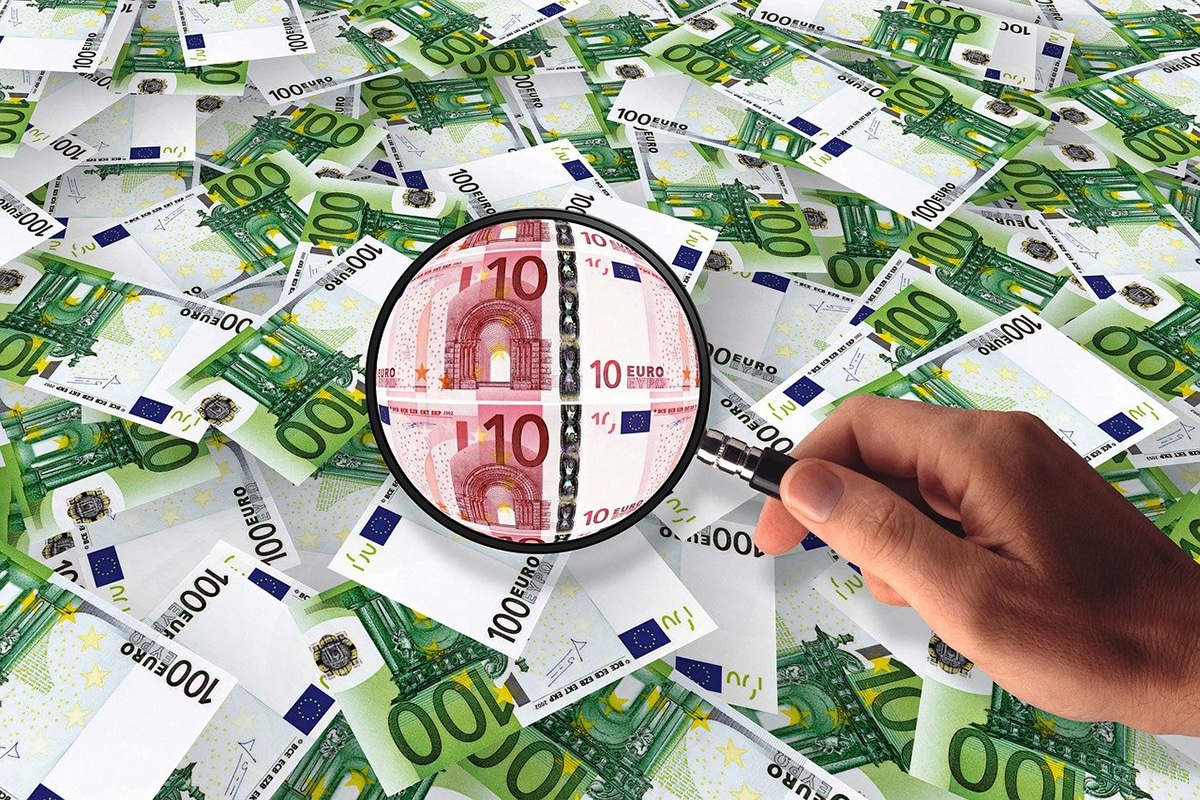
Controlling hyperinflation is difficult and a large part of the population does not have a good time during the entire event. José Guerra, an economist and deputy in the National Assembly, named a total of five measures that can be taken to stop this economic catastrophe, according to his definition of hyperinflation. We are going to comment on them below:
- Fiscal control: You should not spend more money than necessary and reduce non-priority spending in the country in question.
- Do not issue more inorganic money. According to José Guerra, "every banknote and currency in the country must be backed by national production to be stable."
- Eliminate exchange control. Without it, the flow of foreign exchange can be allowed again.
- Get rid of obstacles that interfere with private investment. José Guerra believes that free import and export should be allowed and thus ensure freedom of trade.
- Reactivate sectors.
I hope this article has helped you better understand what hyperinflation is and how it works. Basically it is like inflation, but more exaggerated and prolonged. With a meticulous study of the economy we can see it coming and try to prepare properly.